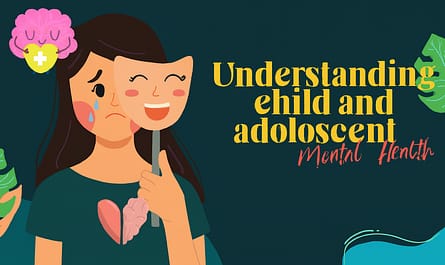
Find the right therapist, and you’ll discover a rare kind of space—one that feels safe enough to unravel your thoughts, explore your wounds, and start stitching things back together. There’s something both surreal and grounding about realizing you can sit in a room with a near-stranger and feel seen in a way you didn’t know you needed.
But therapy isn’t all soft lighting and sympathetic nods. If it were, it might feel nice, but you probably wouldn’t get very far.
In fact, real progress in therapy often begins where comfort ends.
It’s natural to want to stay in the safety zone. If you’re anything like me, you’ve perfected the art of emotional dodging—leaning into what feels easy, avoiding the sting of the harder stuff. But here’s something I’ve learned over five years of therapy: a good therapist won’t let you hide for long. They don’t chase you into the corners of avoidance, but they will gently—and sometimes bluntly—pull you back into the light.
They’ll say things that make you pause. Make you cringe. Make you question yourself. And that’s when the real work begins.
Here’s a client’s-eye view of some of the things therapists say—or don’t say—that can feel uncomfortable, even confronting. But these moments, awkward as they are, can be the ones that shift everything.
1. Silence
One of the most confronting things a therapist can say is… absolutely nothing.
I see a psychodynamic psychotherapist. That means our sessions are less structured—she doesn’t tell me what to talk about, guide the conversation, or offer quick fixes. Sometimes she says very little, and the silence stretches just long enough for me to squirm.
At first, I hated it. I wanted her to rescue me from my own awkwardness, to fill in the gaps, to lead me somewhere. But over time, I’ve come to realize that those quiet moments aren’t passive—they’re intentional. That silence is an invitation. It forces me to notice what I’m avoiding, what I’m afraid to say, or what I’m waiting for someone else to fix.
Silence, it turns out, speaks volumes.
2. “What do you think that means?”
This question used to make my eyes roll. If I knew what it meant, would I be here? But it’s a classic for a reason. It asks me to stop outsourcing my insight and start looking inward.
The uncomfortable part? It puts the responsibility back on me. It forces me to sit in the mess, to look more closely, to wrestle with meaning instead of avoiding it. It’s frustrating, sure. But also strangely empowering.
3. “Why are you telling me this now?”
This one cuts deeper than it sounds.
Sometimes I’ll casually drop something big, halfway through a session, almost like a throwaway line. “Oh, and by the way, my dad left when I was seven.”
My therapist doesn’t let that slide. She’ll say something like, “You’ve mentioned that before, but I notice you waited until now to bring it up again. Why today?”
It’s a question that feels intrusive—not because it crosses a boundary, but because it challenges me to notice my own timing, my patterns, my need for control. It makes me see how I test the waters emotionally before diving in.
4. “How does it feel to say that out loud?”
The first time I heard this, I brushed it off. “Fine,” I said. But the truth is, it didn’t feel fine. It felt like I’d just confessed something that had lived in the shadows for years. Speaking it out loud made it real—and terrifying.
That’s why this question is so powerful. It draws your attention not just to what you’re saying, but to how it lands in your body. It brings emotion into the room. It makes you feel vulnerable, which is uncomfortable—but also essential.
5. “I wonder if there’s something you’re avoiding here.”
Oof.
This one always lands with a sting. It’s the therapist’s gentle way of saying, “I see you sidestepping something.” Maybe I’m intellectualizing instead of feeling. Maybe I’m obsessing over a minor detail to avoid a major truth.
A good therapist doesn’t call you out to shame you. They do it to hold up a mirror—one that reflects the parts of yourself you’ve been working hard not to see.
Why Discomfort Is Good
None of this is easy. Sometimes I leave therapy feeling worse than when I walked in. But over time, I’ve come to understand that discomfort in therapy isn’t a red flag—it’s a sign that something important is happening.
Discomfort means you’re bumping up against the edges of your defenses. It means you’re getting closer to something real. And in that discomfort, healing starts to take root.
It’s a strange kind of alchemy: the cringe moments, the silences, the blunt questions—they aren’t there to hurt you. They’re there to help you see yourself more clearly, and maybe, to finally change.


